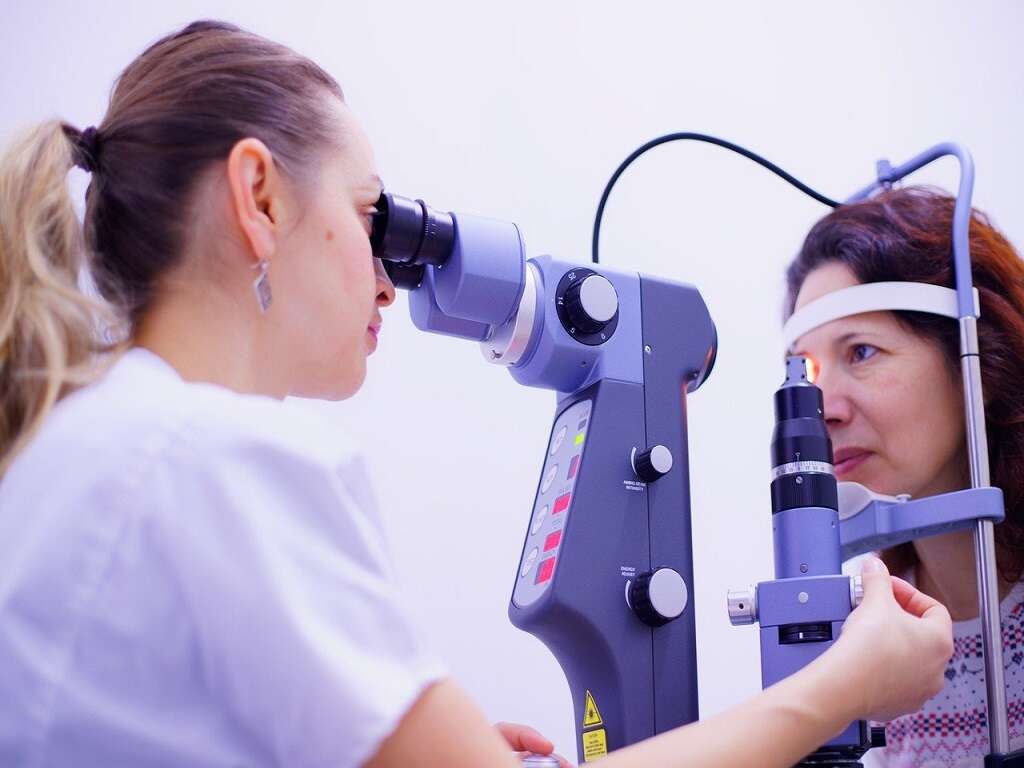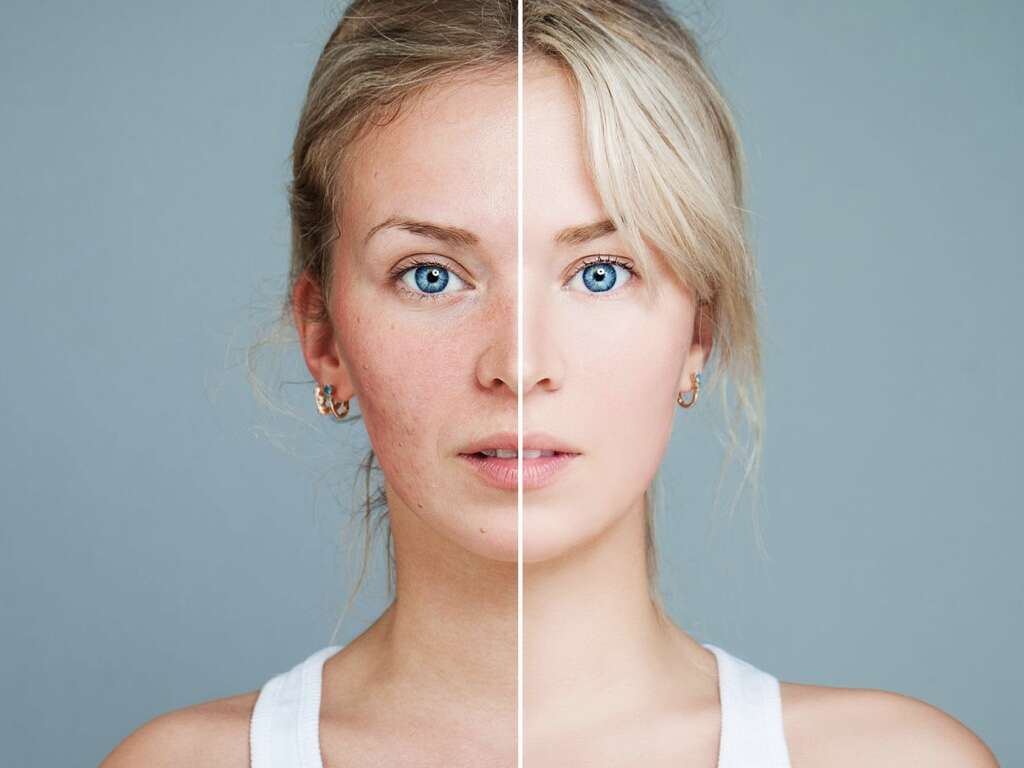What Are Chalazia?
 Article Sources
Article Sources
- 1. Jordan, Gary A. 'Chalazion.' U.S. National Library of Medicine, 8 Aug. 2020, www.ncbi.nlm.nih.gov/books/NBK499889/.
- 2. G;, Gilchrist H; Lee. 'Management of Chalazia in General Practice.' Australian Family Physician, U.S. National Library of Medicine, pubmed.ncbi.nlm.nih.gov/19458801/.
- 3. 'Keep Your Eyes Healthy.' National Eye Institute, U.S. Department of Health and Human Services, www.nei.nih.gov/learn-about-eye-health/healthy-vision/keep-your-eyes-healthy.
Chalazia (or chalazion in the singular) are small lumps or cysts found on the eyelid. These cysts are often painless and slow-growing. Chalazia develop when the sebaceous glands on the eyelid become blocked or inflamed, causing a buildup of fluid.
These sebaceous, or oil, glands are responsible for keeping eye areas moistened. When these glands become blocked, the body initiates an inflammatory response, which causes swelling. Chalazia can clear up on their own or may need to be treated by a doctor. Below you can find some interesting facts about chalazia.
1. Painless Growing Lump
Chalazia are often painless and slow-growing. They can sometimes be confused with sties. Sties or “styes” are a different type of small lump that develops on the eyelid, usually tender to the touch and containing a bacterial infection.
Chalazia grow slowly, but left untreated, can swell and affects a persons’ eyesight. These cysts are usually painless but can become tender if touched too much due to bacteria from our hands. This bacteria can infect the chalazion, causing it to become more inflamed, and the swelling may eventually affect the entire lid.
2. What Chalazia Feel Like
Symptoms of a chalazion include eye irritation, swelling and blurred vision. The lump itself is usually smooth and soft to the touch when it is new. As time goes on, the lump can form into a hard cyst.
Eye irritation can be caused by the pressure of the eyelid pressing against the eyeball. Blurred vision is a sign that the chalazion has swelled up enough to change the shape of the eyelid, causing the affected person to have distorted vision.
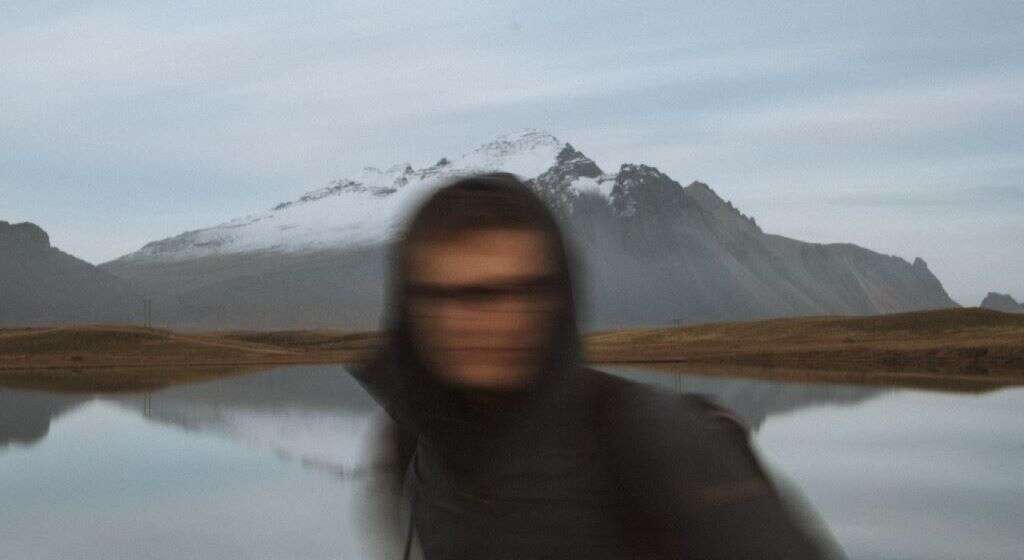
3. Who Gets Chalazia
This eye condition is most common in adults, and there are factors that make some people more prone to developing chalazia. People who suffer from seborrhea acne, rosacea, recurrent blepharitis and a history of eye inflammation are more likely to develop chalazia.
Skin types and other medical conditions can also play a role in whether a person may or may not get chalazia. While this particular condition is typically rather painless, elderly persons with recurrent chalazia may find it helpful to go through further testing to find the cause.
4. Home Remedies
There seems to be a home remedy for every illness and condition out there, and chalazia are no different. When seeking relief from the irritation and cosmetic issues surrounding this condition, there are ways to help the healing process.
Warm compresses applied to the affected eye may help soften the trapped oil blocking the gland, and when paired with gentle massage of the eye, may help the cyst drain more effectively.1Jordan, Gary A. ‘Chalazion.’ U.S. National Library of Medicine, 8 Aug. 2020, www.ncbi.nlm.nih.gov/books/NBK499889/. There are also over-the-counter treatments, such as ointments, medicated eye pads and eye washing solution.
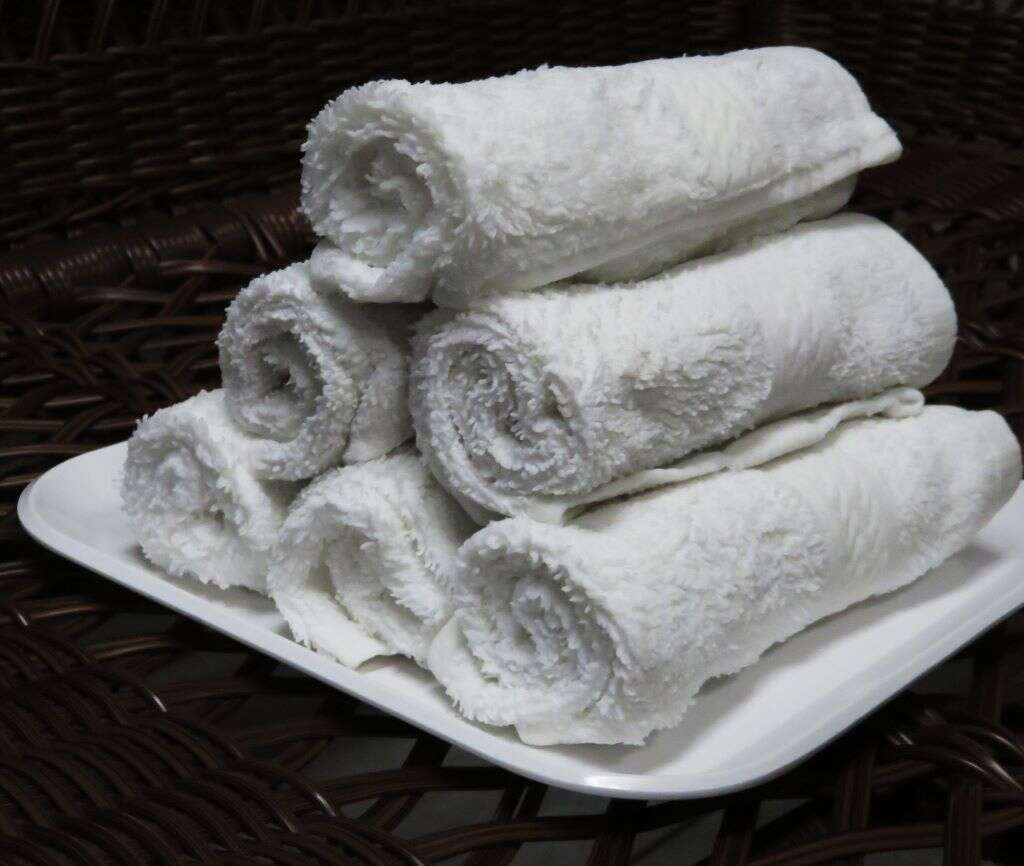
5. Doctor Treatments
One of the solutions a doctor may offer is a minor drainage surgery that takes no longer than twenty minutes to perform and is minimally invasive.
If you visit the doctor for chalazion drainage, you may be given a numbing injection to the affected area.2G;, Gilchrist H; Lee. ‘Management of Chalazia in General Practice.’ Australian Family Physician, U.S. National Library of Medicine, pubmed.ncbi.nlm.nih.gov/19458801/. After the numbing agent takes effect, the doctor makes a small incision in the chalazion and drains the fluid inside. After removing all excess fluid, the procedure is complete. Stitches are usually not necessary, although daily eye cleansing may be recommended.
6. Things to Avoid with Chalazia
It may be tempting to scratch or squeeze a lump to relieve the pressure. Squeezing or scratching a chalazion can damage the delicate eyelid skin, exposing it to infection from bacteria on your hands. This could slow the healing process and make the inflammation worse.
Another thing best avoided when having a chalazion is using makeup to cover it up. Because a blocked oil duct caused the chalazion in the first place, layering makeup could cause it to grow bigger and become tender.
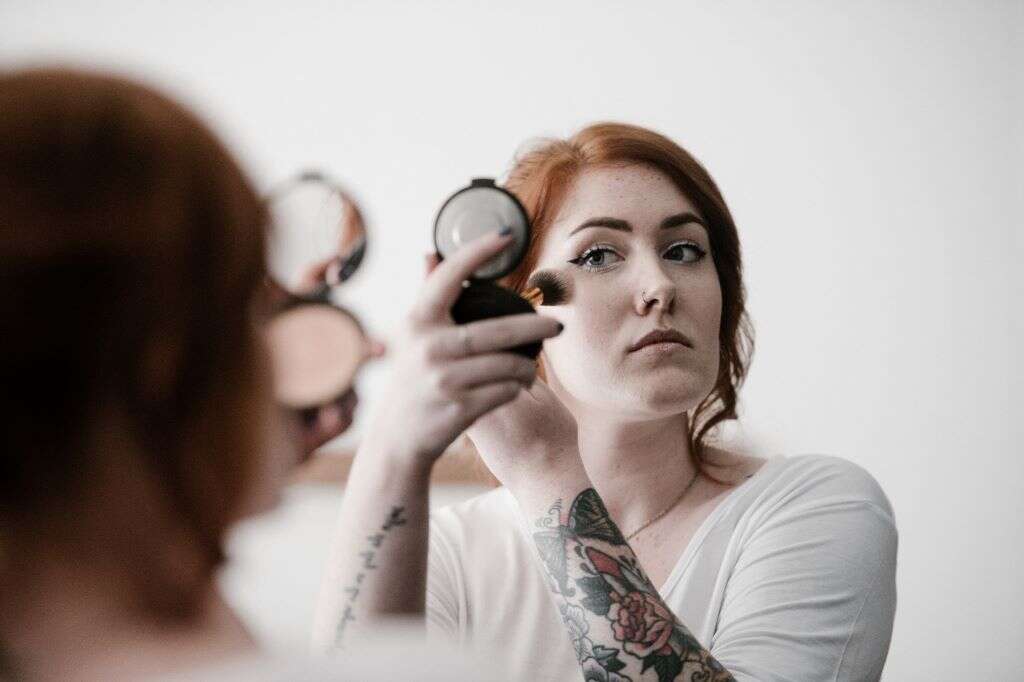
7. Persistent Chalazia
In cases where chalazia keep coming back, a doctor may choose to do a biopsy on the cysts to rule out other conditions. The lab would then check for abnormal cells, like sebaceous, basal or squamous cell carcinoma.
Other eye disorders may cause persistent chalazia, as well. People with seborrheic dermatitis are often at risk for blepharitis and chalazia due to skin irritation and oily buildup around the eye area. Blepharitis is a common eye condition, which may be caused by bacteria, where the eyelids often become red and inflamed.
8. Chalazia Warning Signs
If the skin around the lump is hot or a fever occurs, this could be a sign of something other than chalazia. Fevers often mean infections, and you may need treatment with antibiotics.
Vision changes and limited eye movement can be a sign the cyst is growing larger and pressing against the eyeball. Ocular tuberculosis is a serious condition that can look like a severe case of chalazia. This rare infectious disease can be diagnosed by a blood test ordered by your doctor.
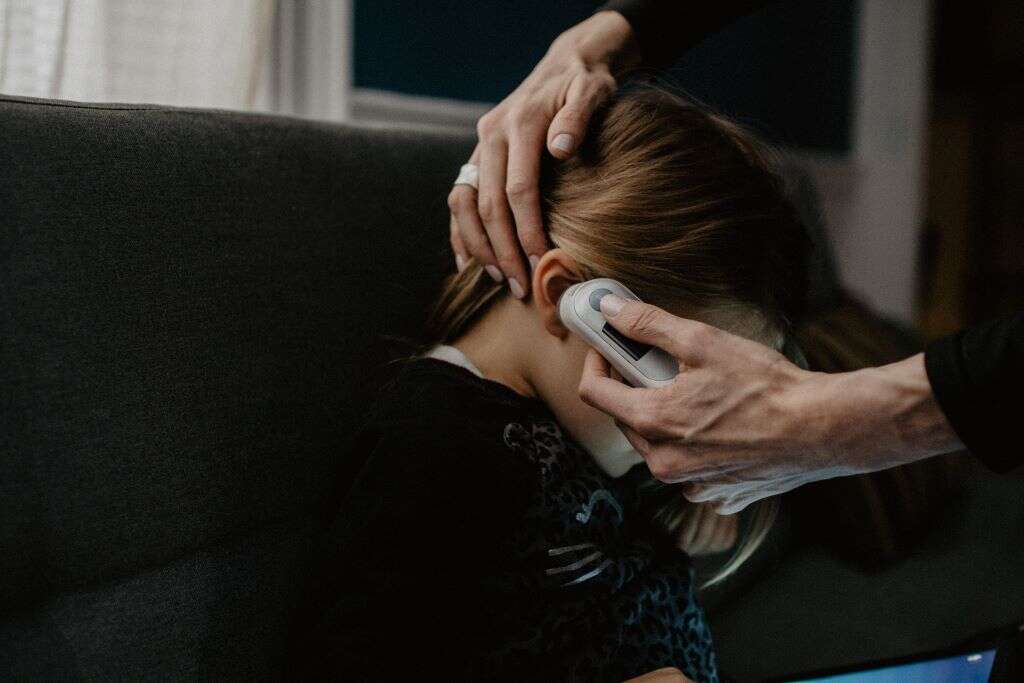
9. Chalazia Complications
Left untreated, chalazia can become worse over time. The cyst can get extremely large and inflame the entire eyelid. This can interfere with vision by blocking the line of sight. The swelling can also cause the eyelid shape to change, pressing on the eyeball and distorting vision.
If you pick or squeeze at the lump, you may infect it and cause it to become irritated and painful. Recurring chalazia may need further testing. It’s important to take all the necessary precautions when dealing with conditions surrounding the eye to protect your eyesight.
10. Proper Eye Hygiene
Proper eye hygiene may help you avoid getting chalazia and other eye conditions such as sties and blepharitis.3‘Keep Your Eyes Healthy.’ National Eye Institute, U.S. Department of Health and Human Services, www.nei.nih.gov/learn-about-eye-health/healthy-vision/keep-your-eyes-healthy. Always choose a mild soap anytime you’re cleaning around the eye area. Wash with warm water to remove any buildup and dry thoroughly.
Don’t share things, like towels and makeup, to avoid adding bacteria from others onto your skin. Taking all the above precautions and watching out for complications may help you get ahead of chalazia before they happen.








